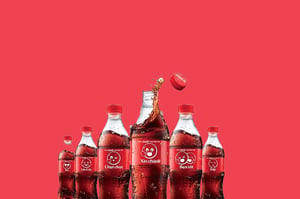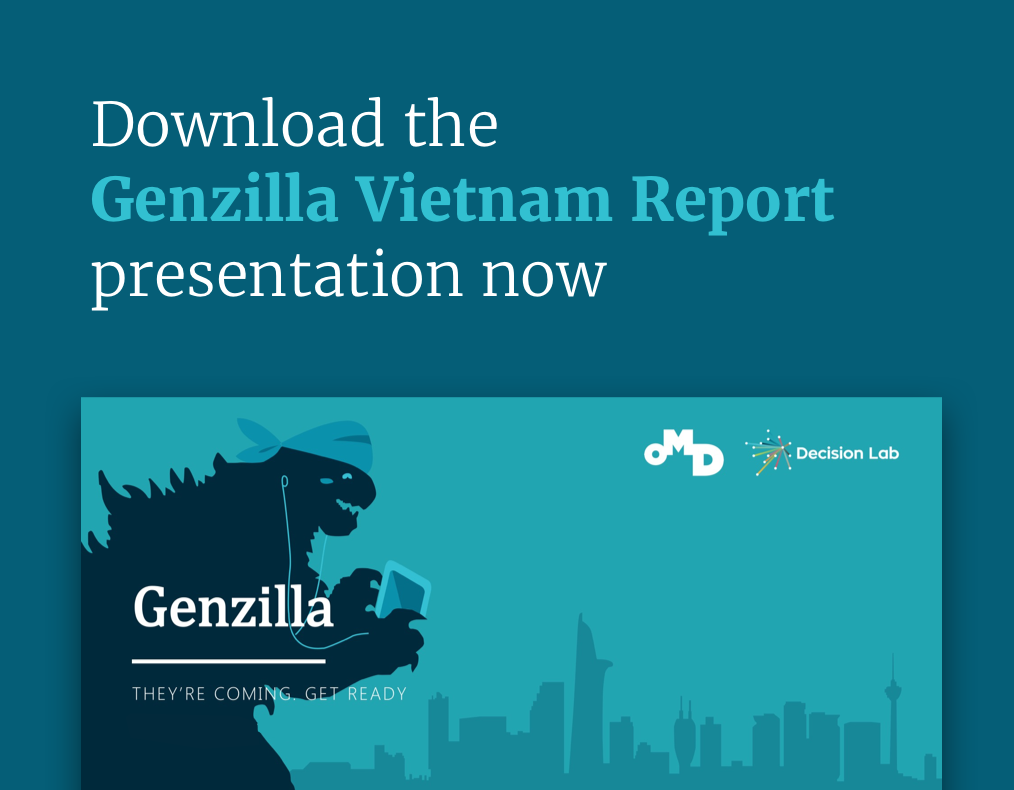Given that 80% of smartphone users say they use emojis regularly to communicate, and their use has been cited as the fastest growing ‘language’ in some countries, it is unsurprising that brands worldwide are eager to captalise on this new form of communication - and Vietnam is no different.
In a series of reports we recently conducted looking at young people in South East Asia we found a staggering 47% of Vietnam’s generation Z (13-21 year olds) prefer to express their feelings through stickers, emoticons and emojis rather than actual words.
Clearly for brands to speak the same language as their target audience, they must learn to speak emoji.
For not only does their use catalyse brand interaction, they can also help humanise a brand by providing humour without falling back on the archaic ‘lol’.
On top of that, these little images can also help increase the engagement of your online communication efforts, by allowing you to say more with less – essential for snappy Tweets.
In fact, when brands started dabbling with emojis in 2014 there were some incredible results like the campaign by Oreo in China that resulted in in 1.7 billion impressions and $4 million in sales.
Brands (especially within FMCG) hoping to gain a foothold with Vietnam’s increasingly affluent population, could do worse than to look at Coca-Cola whose recent campaign featuring emoticons has already seen huge levels of engagement.
The brand has already seen rapid growth in the Southeast Asian country, with a particularly positive response to their famous ‘Share a Coke’ campaign which was introduced last year.
However, in order to maintain strong momentum in Vietnam, where the Gen Z market competition is intense, Coca-Cola recently launched an updated campaign based around emoticons, tied in with the emoji branded Coke cans (as seen above).
Within the first three weeks alone the TVC attracted more than 1.7million views on YouTube.
Thue Quist Thomasen, the co-founder of market reseach agency, Decision Lab, said: “It’s clear from the success of Oreo in China and Coca-Cola in Vietnam that emojis can be a fantastic way for brands to truly engage with the important Gen Z market, especially when combined with video content.
“However, it is important brands mustn’t be too hasty to jump on board, the old age rules of communication still apply here.
"While using emojis and emoticons might seem like the thing to do, if you don’t have a deep understanding of your customer and how they interact with your product your efforts might not pay off.


